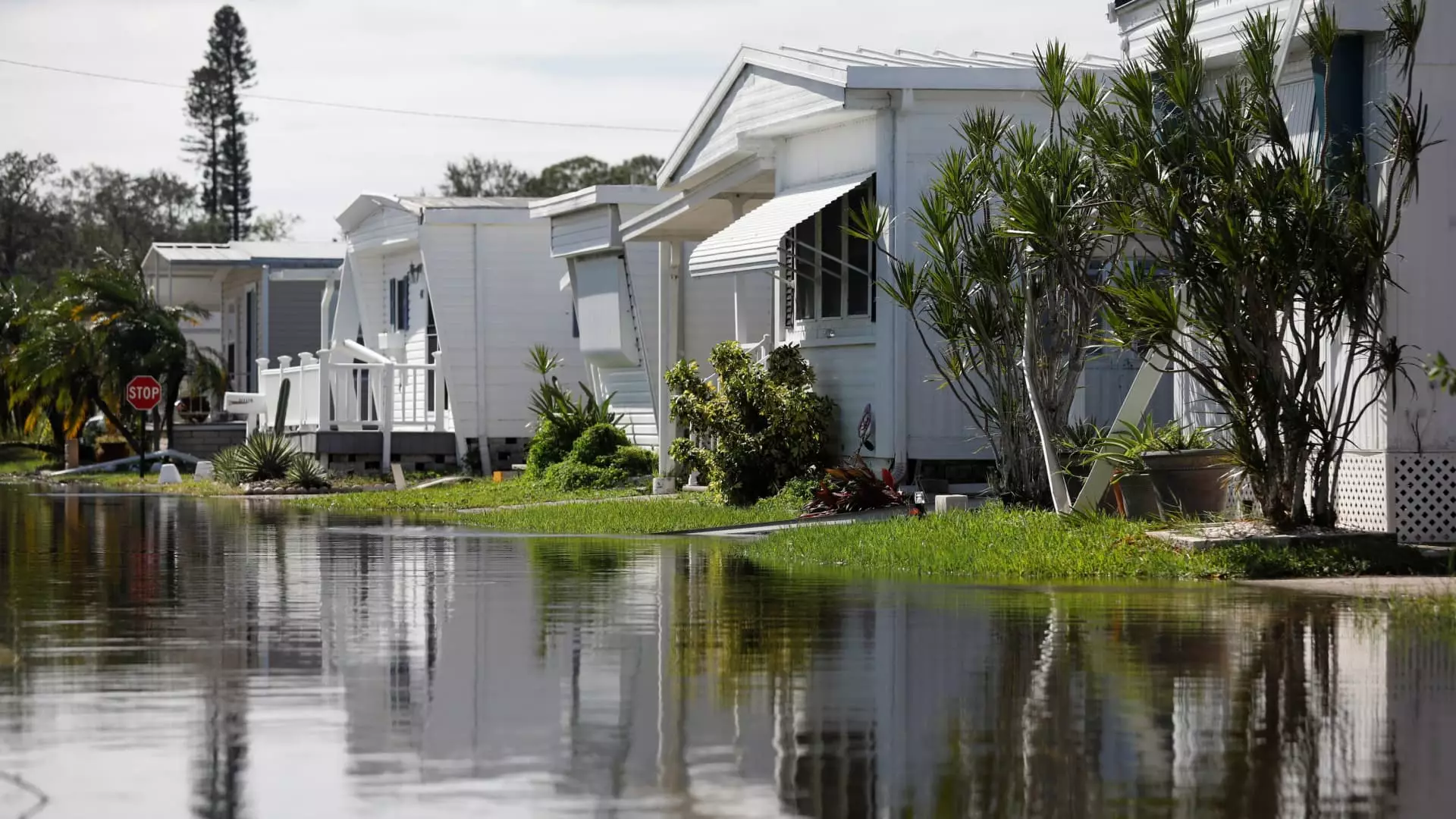Navigating Loss of Use Coverage After a Natural Disaster

Natural disasters can strike unexpectedly, leaving many individuals and families grappling with the aftermath. When a home becomes unlivable due to circumstances beyond personal control, understanding the implications of insurance coverage becomes crucial. One provision that often assists homeowners and renters is ‘loss of use’ coverage, which is included in most homeowners and renters insurance policies. This article will explore what loss of use coverage entails, the financial implications it may have, and necessary actions homeowners should take in the wake of a natural disaster.
The financial ramifications of natural disasters such as hurricanes can be staggering. Recent analyses estimate that Hurricane Helene’s insured wind and flood damage reached up to $17.5 billion. Meanwhile, losses related to Hurricane Milton are projected to oscillate between $30 billion and $60 billion. These statistics underscore the devastating impact events like hurricanes can have, leaving many homes damaged or entirely uninhabitable. For those affected, understanding the ins and outs of their insurance policies can be the deciding factor in their financial stability during challenging times.
Loss of use coverage is typically an integral part of homeowners and renters insurance policies. This provision is designed to ease the burden of additional living expenses incurred when a home becomes uninhabitable due to a covered event, like a natural disaster, fire, or plumbing failure. Experts recommend that policyholders inquire about this coverage actively—often referred to as ‘additional living expenses’ (ALE) coverage—as it can significantly alleviate immediate financial burdens.
Karl Susman, a seasoned insurance agent, asserts that nearly all homeowners’ policies encompass this provision. For context, this coverage usually represents around 20% of the dwelling coverage in the homeowner’s policy. This means if a home’s dwelling coverage is valued at $100,000 for potential rebuilding costs, the loss of use coverage would provide approximately $20,000 for ancillary living expenses during the repair period.
The breadth of expenses eligible under loss of use coverage can vary, encompassing not only accommodation costs such as hotel stays or rental homes but also food expenses and the costs for pet boarding or storage for personal belongings. This flexibility aims to ease the transition for families displaced from their homes and ensure that they can maintain a reasonable quality of life during tumultuous times.
However, it’s essential for policyholders to be cognizant of potential limitations within their policies. Some insurance providers may impose specific caps on particular types of expenses or set time limits on the duration for which coverage is available. This underscores the importance of carefully reviewing one’s insurance policy and directly contacting the provider to clarify these stipulations.
In the immediate aftermath of a disaster, the claims process can become cumbersome, so the timing of filing for loss of use coverage is paramount. Shannon Martin, an insurance analyst, highlights the significance of reaching out to insurance companies promptly. Many providers can expedite the claims process and potentially issue early checks to alleviate immediate financial strain. This proactive approach ensures that families are not left grappling with housing costs at a time when they are already facing significant turmoil.
Despite the support loss of use coverage can provide, it is critical to view it as a temporary remedy. Experts indicate that it is not designed for long-term living expenses. Jeremy Porter, from the First Street Foundation, points out that this type of coverage is primarily a buffer while repairs are undertaken. Financial recovery after natural disasters is often a prolonged process, and the coverage amount may not meet the long-term living costs that arise in the aftermath.
Complicating this aspect is the reality that the cost of living away from home can dramatically increase post-disaster due to rising demand for available housing, as well as inflated hotel prices. Potential claimants should be aware of these market dynamics and realistically assess their financial situation to plan accordingly.
It’s also worth noting that homeowners and renters can seek assistance from external sources, such as the Federal Emergency Management Agency (FEMA), in addition to filing a claim with their insurance provider. This dual approach can help maximize the financial support available to aid recovery efforts and ease the transition back into regular living.
While dealing with the aftermath of a natural disaster can be daunting, understanding loss of use coverage and related insurance provisions equips homeowners and renters with the knowledge necessary to navigate these turbulent waters. With proper communication with insurance providers and a realistic assessment of available resources, families can better position themselves for recovery and eventual return to normalcy.





